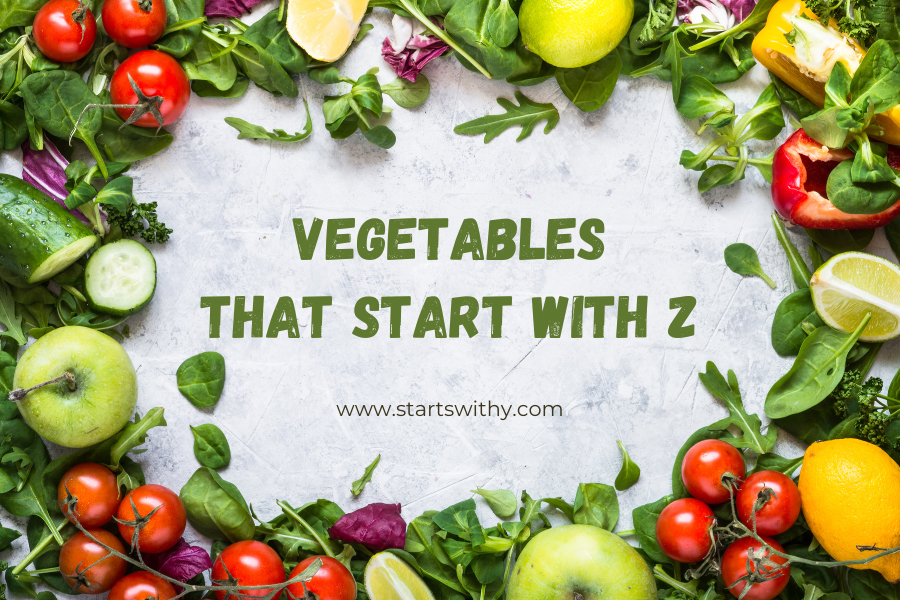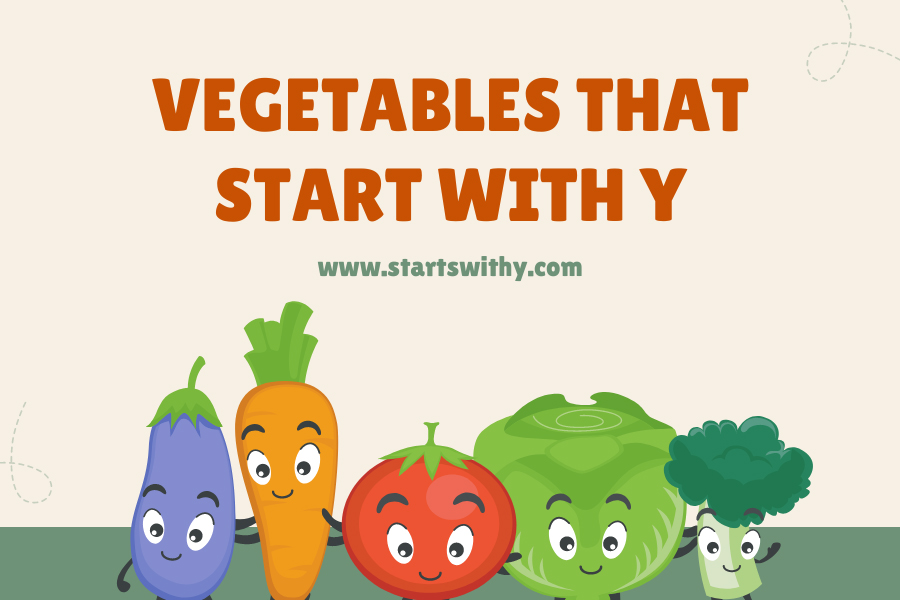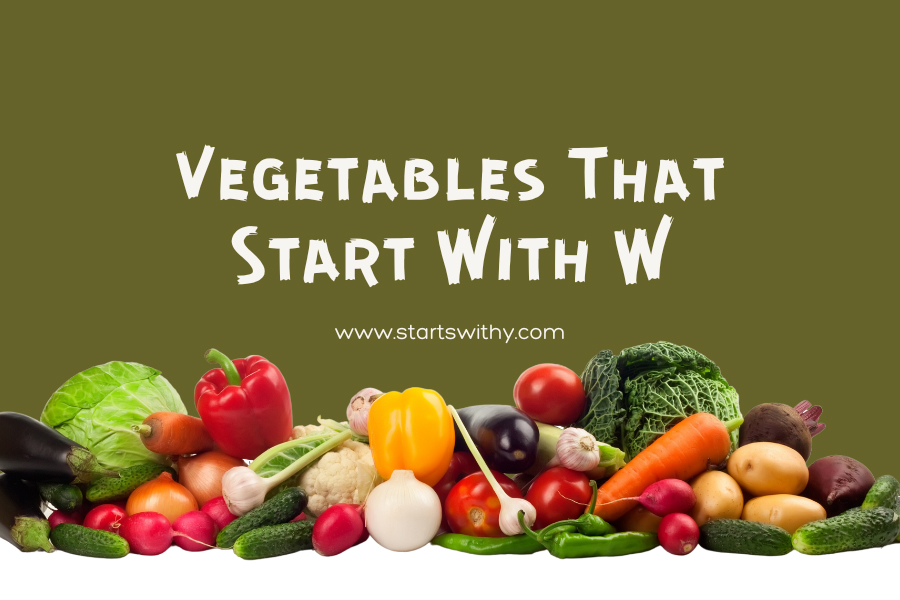The vibrant world of vegetables is a testament to nature’s vast palette, not just in color, but also in taste, texture, and nutritional value. Each letter in the alphabet introduces us to a unique ensemble of these green wonders, and ‘A’ is no exception. This article takes you on a delightful sojourn through the vegetable kingdom, specifically spotlighting those that commence with the letter ‘A’. From the crunchy allure of asparagus to the earthy aroma of artichokes, we will delve into the diverse culinary and health benefits that these vegetables offer.
Whether you’re a culinary enthusiast, a health-conscious individual, or simply someone with a penchant for expanding their knowledge, prepare to be enlightened by the array of vegetables that proudly herald their presence with the letter “A”.
Awesome Vegetables That Start With The Letter A
The world of vegetables is vast and varied, providing us with essential nutrients, flavors, and colors that add vibrancy to our meals. Among these myriad options, vegetables that begin with the letter “A” offer a unique blend of taste, texture, and nutritional benefits. Let’s embark on an appetizing adventure and explore the fantastic array of vegetables that commence with the letter “A.”
1. Artichoke
A perennial thistle, the artichoke boasts a rich history dating back to ancient times. Its edible portion is the flower bud before it blooms. Artichokes are not only delicious, often consumed steamed, boiled, or grilled, but they also pack a nutritious punch. They’re high in fiber, vitamin C, and folic acid.
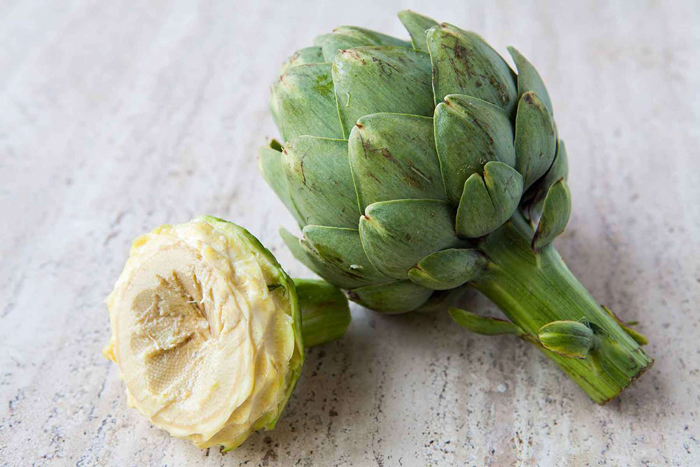
2. Arugula
Also known as rocket, arugula is a spicy, peppery salad green used frequently in Mediterranean cuisine. It’s packed with vitamin K, which aids in blood clotting and bone health. Arugula is also a cruciferous vegetable, placing it in the same family as broccoli and Brussels sprouts, and it contains compounds that have potential cancer-fighting properties.
3. Asparagus
These slender, green spears are a sign of spring in many regions. Asparagus can be boiled, grilled, steamed, or roasted, and it serves as an excellent side dish or as an ingredient in salads and pastas. Rich in vitamins A, C, and K, asparagus also provides a unique compound called asparaptine, which may help maintain healthy blood pressure levels.
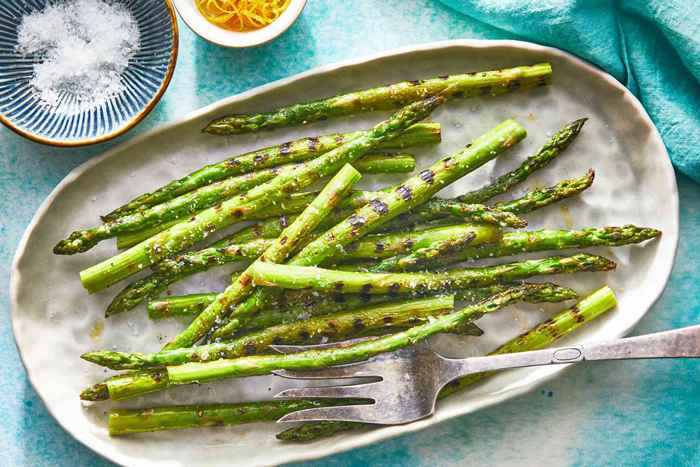
4. Amaranth
While often considered a grain, amaranth is technically a vegetable. It’s an ancient crop revered by the Aztecs and other indigenous cultures. The leaves of the amaranth plant are edible and are consumed in many cultures. They’re rich in vitamins A and C, calcium, iron, and magnesium.
5. Aubergine
Known as eggplant in North America, aubergine is a staple in dishes worldwide, from Italian eggplant Parmesan to Middle Eastern baba ganoush. This versatile vegetable is rich in dietary fiber, vitamins B1 and B6, and potassium. Its skin contains the antioxidant nasunin, which has been studied for its potential brain-protective properties.
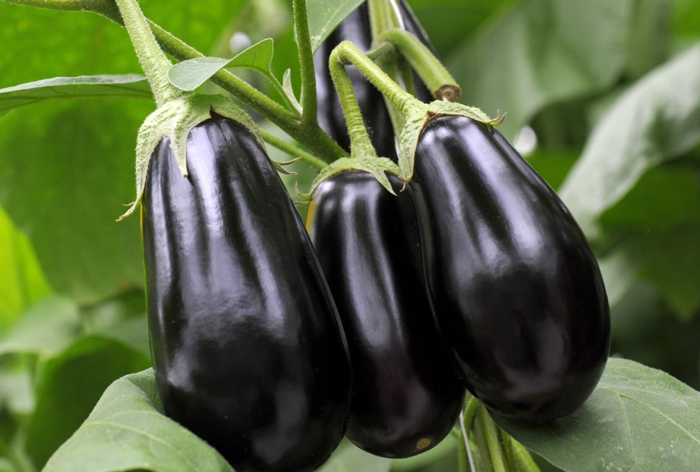
6. Alfalfa Sprouts
Originating from the alfalfa plant, these sprouts are tender and slightly nutty. Often added to salads, sandwiches, or wraps, alfalfa sprouts are a source of vital enzymes, amino acids, and a plethora of vitamins and minerals. They’re especially rich in vitamin K.
7. Achocha
A lesser-known vegetable, achocha is native to South America. Also known as the “fat baby” or “Bolivian cucumber,” this vegetable resembles a small, spiky cucumber. When cooked, achocha has a taste reminiscent of green bell peppers and is commonly used in stir-fries and stews.
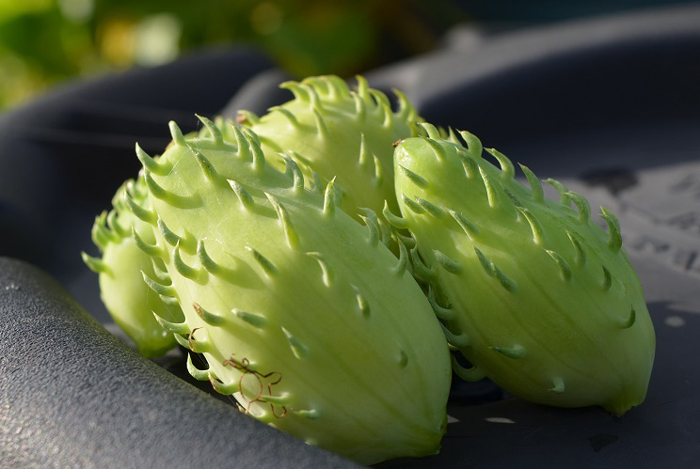
8. Ackee
Native to West Africa but more commonly associated with Jamaican cuisine, ackee is a unique fruit often used as a vegetable. It’s crucial to note that only the ripe arils of the ackee are edible, as other parts of the fruit contain toxic substances. Once cooked, ackee has a creamy texture and is a central component of Jamaica’s national dish, ackee and saltfish.
9. Arracacha
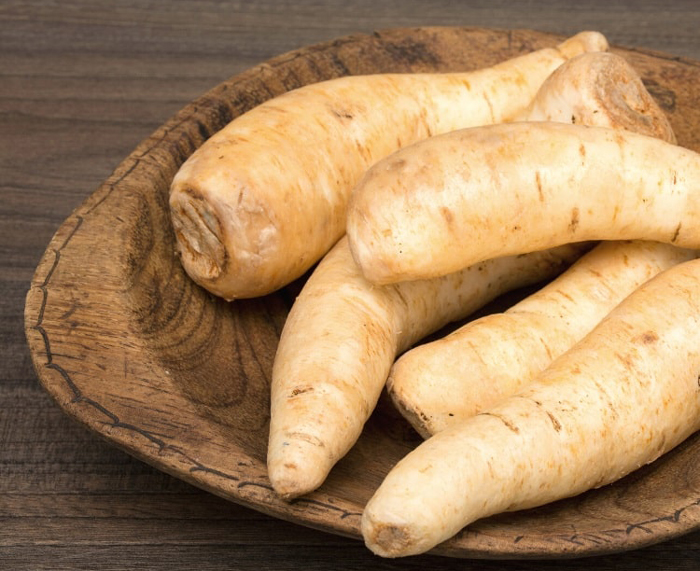
A South American Treasure: Nestled high in the Andes Mountains lies a unique root vegetable called Arracacha. This starchy delight, resembling a plump carrot with creamy white or yellow flesh, has been a cherished food source for centuries. Popular in countries like Peru, Colombia, and Venezuela, it’s a vital part of their culinary heritage.
Versatile Flavor: Don’t let its unassuming appearance fool you! Arracacha packs a flavor punch. Its subtle sweetness hints at celery and parsnips, with a nutty undertone reminiscent of roasted chestnuts. But don’t worry, it’s not overpowering for little taste buds! Children will likely enjoy its mild and pleasant flavor.
A Nutritional Powerhouse: Beyond its deliciousness, Arracacha boasts impressive nutritional credentials. Rich in carbohydrates, it provides sustained energy, perfect for growing bodies. It’s also a good source of vitamin C, essential for a healthy immune system, and dietary fiber, aiding digestion. Additionally, its low fat content makes it a heart-friendly choice.
10. Asian Radish
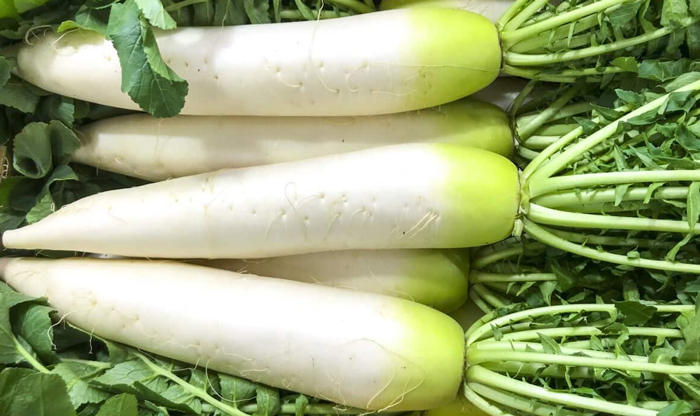
Spice Up Your Plate: Move over, boring old radish! Asian radishes like Daikon (Japanese) and Chinese radish offer a vibrant explosion of flavor and color. These long, white beauties with a spicy kick are versatile culinary chameleons. They can be enjoyed raw, grated into salads for a refreshing crunch, or cooked in stir-fries and soups for a warming touch.
Beyond the Bite: Did you know Asian radishes boast some impressive health benefits? They’re packed with vitamin C, keeping your little ones’ immune systems strong. Their peppery bite comes from isothiocyanates, known for their potential anti-cancer properties. Plus, their high fiber content promotes healthy digestion.
Fun with Flavor: Introduce your child to the diverse world of Asian radishes with playful experimentation! Let them help grate Daikon into colourful salads, or create fun radish stampers by carving simple shapes into the ends. Their vibrant hues and unique spiciness will make meals more adventurous and educational.
11. Aonori
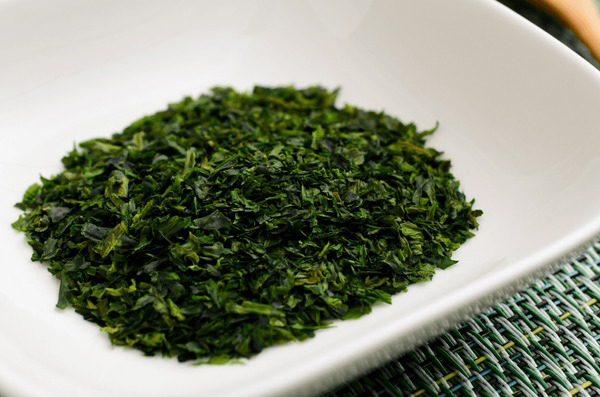
Ocean Gems from Japan: Take your kids on a culinary adventure to the shores of Japan with Aonori, a delightful green seaweed known for its rich umami flavor. These finely dried flakes, often compared to toasted nori sheets, add a depth of savory goodness to various dishes.
Versatility in a Sprinkle: Aonori’s magic lies in its versatility. Sprinkle it over rice or miso soup for an instant flavor boost. Use it to add an umami punch to tofu scramble or sprinkle it on popcorn for a healthy and delicious snack. Its mild, slightly salty taste is sure to intrigue even the pickiest eaters.
Nutrients from the Sea: Aonori isn’t just delicious, it’s a nutritional powerhouse! Packed with iodine, crucial for healthy thyroid function, it also boasts significant amounts of vitamin A, important for vision and immunity. Additionally, its iron content contributes to healthy blood cell production.
12. Asian Greens
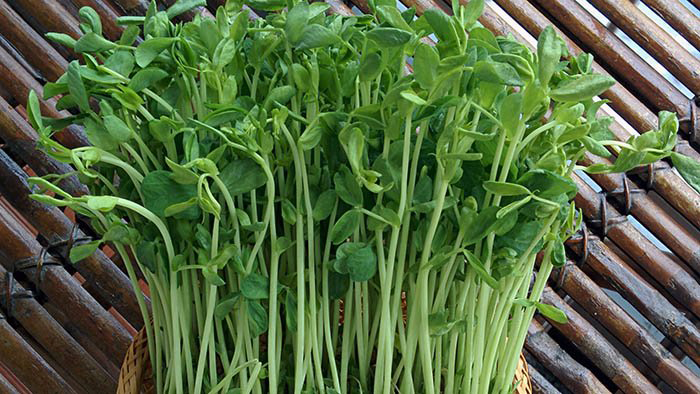
A Vibrant Medley of Flavor and Nutrition: Step into the heart of Asian cuisine with a diverse family of vegetables known as Asian Greens. From the delicate pak choi and baby bok choy to the bold flavors of water spinach and mustard greens, this vibrant group offers a kaleidoscope of textures, tastes, and health benefits.
Taste the Rainbow: Introduce your children to the rainbow of colors within Asian Greens. Let them explore the emerald green leaves of gai lan, the vibrant purple stems of Chinese eggplant, and the sunshine yellow florets of edible chrysanthemums. Encourage them to experiment with different preparations, from quick stir-fries to hearty soups, savoring the subtle bitterness, earthy tones, and peppery accents that make these greens so unique.
Fueling Young Bodies: Beyond their delightful flavors, Asian Greens are nutritional powerhouses. Packed with vitamins A and C, they support healthy vision and immunity. Their rich iron content keeps little bodies energized, while their dietary fiber aids digestion. Encourage your child to choose a different Asian Green each week, creating a colorful and nutritious plate that fuels their adventures.
13. Arame
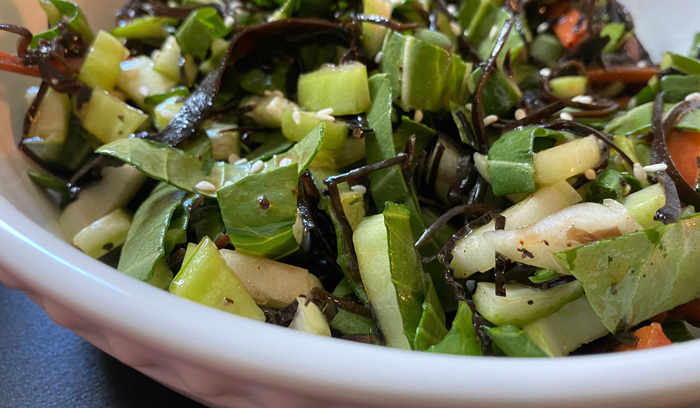
Ocean Treasures at Your Fingertips: Take your family on an underwater adventure with Arame, a delicate seaweed native to the cold waters of the Pacific Ocean. These thin, dark brown strands, often compared to angel hair pasta, add a subtle sweetness and umami depth to various dishes.
A Sustainable Superfood: Arame is not only delicious but also an environmentally friendly choice. It’s a fast-growing seaweed that requires minimal resources and helps maintain healthy ocean ecosystems. Introduce your children to the concept of sustainable food choices and how Arame plays a role in protecting our planet.
A Culinary Chameleon: Arame’s versatility makes it a perfect addition to family meals. Sprinkle it over salads for a briny touch, add it to miso soup for depth of flavor, or use it to create delicious vegan sushi rolls. Its mild, slightly salty taste is sure to please even the most adventurous palates.
14. Armenian Cucumber
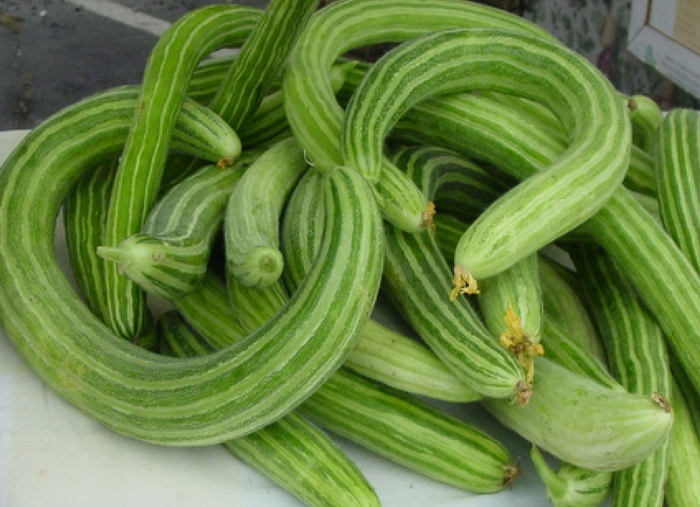
Beyond the Pickle Jar: Ditch the store-bought pickles and introduce your family to the refreshing delights of the Armenian Cucumber. This slender, snake-like cucumber boasts a vibrant green skin and a crisp, juicy flesh with a hint of sweetness. Unlike its pickling cousins, Armenian cucumbers have virtually no bitterness, making them perfect for enjoying raw with a sprinkle of salt or hummus.
Cool as a Cucumber: These versatile vegetables are ideal for hot summer days. Their high water content (around 95%) keeps your little ones hydrated and cool. Encourage them to slice them into sticks for a healthy snack or add them to sandwiches and salads for a refreshing crunch.
Pickling Fun: While Armenian cucumbers are delicious raw, don’t shy away from introducing your children to pickling! Let them help create a simple brine with vinegar, water, and spices, then watch in anticipation as the cucumbers transform over a few days. This hands-on activity teaches them about food preservation while creating a delicious homemade treat.
15. Acorn Squash
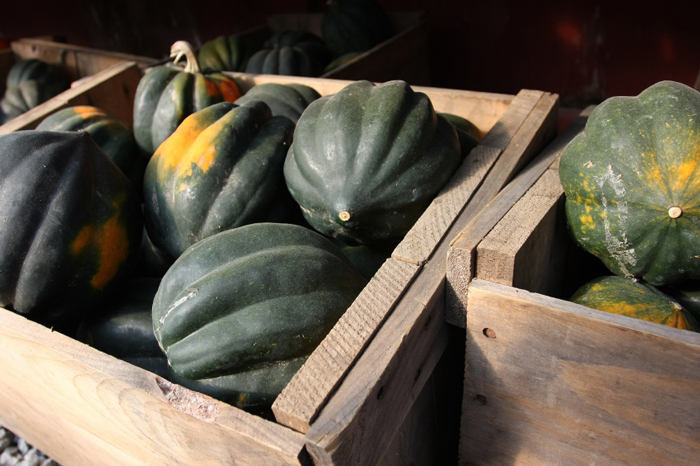
A Fall Favorite: When autumn leaves paint the landscape in vibrant hues, acorn squash emerges as a jewel among vegetables. These miniature squashes, resembling miniature oak nuts, boast vibrant orange flesh encased in a ribbed, dark green shell. Weighing in at around 1-2 pounds each, they’re the perfect size for family meals or individual servings.
Sweet Versatility: Don’t let their unassuming appearance fool you! Acorn squash is a culinary chameleon, transforming into delicious dishes with ease. Roast them whole for a warm and savory treat, stuff them with savory fillings like rice and beans, or puree them into creamy soups for a comforting autumnal meal. Kids will love their naturally sweet flavor, making them a welcome departure from bland veggies.
Nutrient-Packed Powerhouse: Beyond their delightful taste, acorn squash packs a nutritional punch. They’re an excellent source of vitamin A, crucial for healthy vision and immunity. Their rich fiber content aids digestion and keeps little tummies full, while their vitamin C and potassium content support overall health and well-being. So, encourage your child to embrace this autumnal delight, knowing they’re fueling their bodies with goodness in every bite.
16. Ahipa
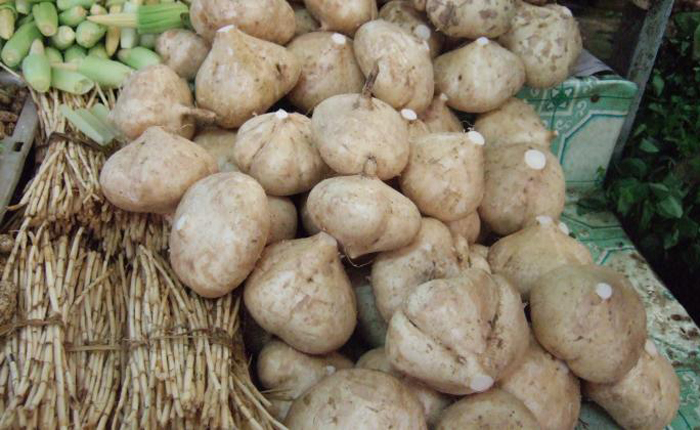
From the Amazon to Your Plate: Take your family on a taste bud adventure to the heart of the Amazon rainforest with Ahipa. This vibrant green tuber, resembling a slender zucchini, is a staple in South American cuisine, prized for its unique tangy flavor and refreshing crunch. Measuring around 6-8 inches long, it’s perfect for adding a touch of the exotic to your family’s meals.
A Culinary Chameleon: Ahipa’s versatility shines in both raw and cooked preparations. Grate it raw into salads for a burst of tangy citrusy flavor, similar to grapefruit. Stir-fry it for a quick and flavorful side dish, or pickle it for a tangy snack that will awaken your taste buds. Its firm texture and mild sweetness make it a hit with kids, turning mealtimes into exciting culinary explorations.
A Treasure Trove of Vitamins: Ahipa isn’t just delicious, it’s a nutritional powerhouse! Rich in vitamin C, it keeps your little ones’ immune systems strong. Its high fiber content promotes healthy digestion, while its vitamin A content supports good vision. Additionally, its moderate protein content provides sustained energy, making it an ideal snack or addition to meals. So, introduce your family to the wonders of Ahipa, a healthy and flavorful gem from the Amazon.
17. American Groundnut
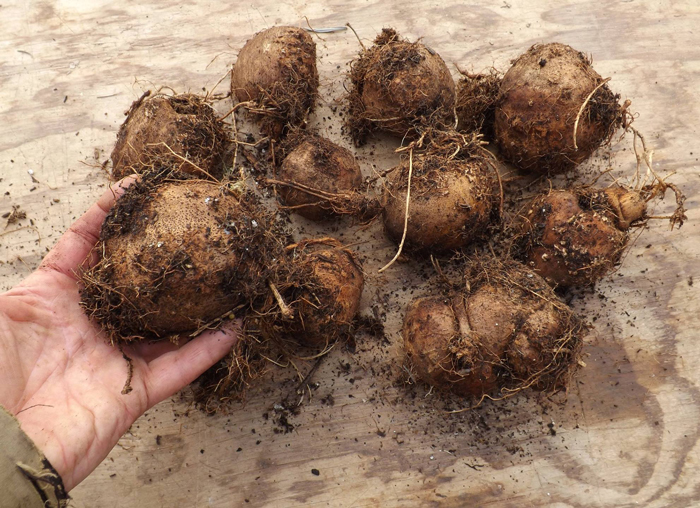
Rediscovering a Lost Legacy: Nestled among the forgotten treasures of North American cuisine lies the American Groundnut, a legume native to the continent. Resembling a peanut with a velvety brown skin and sweet, nutty flesh, it was a cherished food source for indigenous peoples for centuries. Now making a comeback, it’s a unique and delicious addition to your family’s culinary adventures.
A Taste of History: Share the story of the American Groundnut with your children, sparking their curiosity about native cuisines and sustainable food choices. Teach them how these hardy legumes thrived in various climates, providing sustenance for generations. As they savor its sweet, nutty flavor, they’ll be connecting with a piece of America’s culinary heritage.
Beyond the Boiled Peanut: Don’t let the name fool you, the American Groundnut is far more versatile than boiled peanuts! Roast them whole for a satisfying snack, grind them into flour for gluten-free baking, or mash them into a spread for a flavorful alternative to peanut butter. Their mild sweetness and creamy texture are sure to win over even the pickiest eaters.
18. Ash Gourd
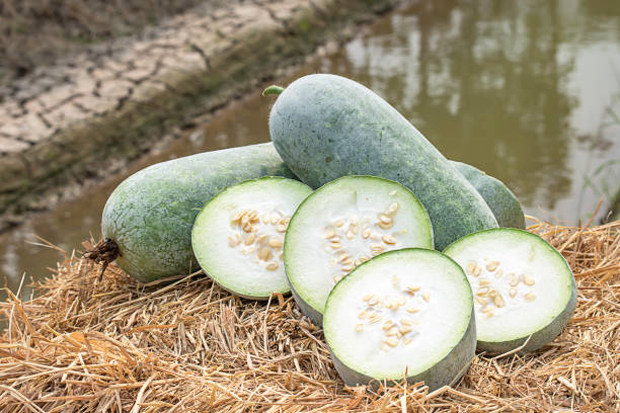
A Tropical Treasure: Nestled under the warm sun of India and Southeast Asia lies the Ash gourd, a unique and versatile squash with a long and storied history. This large, round vegetable, often reaching up to 2 feet in diameter, boasts a smooth, pale green skin and surprisingly white flesh. Don’t let its unassuming appearance fool you, though – the Ash gourd is a culinary chameleon, transforming into delicious dishes with ease.
Flavorful Versatility: Ash gourd’s mild, slightly sweet flavor makes it a blank canvas for endless culinary creations. Roast it whole for a warm and savory treat, simmer it in curries and stews for a creamy richness, or grate it raw into salads for a refreshing crunch. In India, it’s traditionally used to make kheer, a sweet and creamy rice pudding that kids will adore. Its low-calorie content (around 20 calories per 100 grams) makes it a guilt-free treat for all ages.
A Nutritional Powerhouse: Beyond its versatility, the Ash gourd packs a nutritional punch. It’s an excellent source of dietary fiber, aiding digestion and keeping little tummies full. Its high water content (around 96%) keeps your children hydrated, especially during hot summer days. Additionally, it’s a good source of vitamins A and C, supporting healthy vision and immunity. So, encourage your family to embrace this tropical treasure, knowing they’re nourishing their bodies with goodness in every bite.
19. Azuki Bean
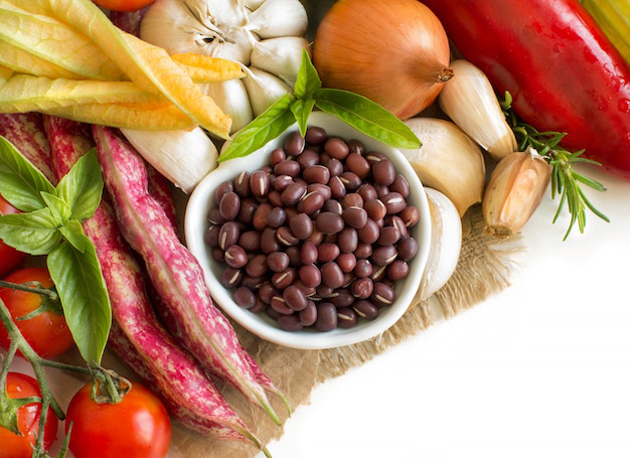
A Bean with Beauty: Don’t underestimate the power of small things! The Azuki bean, hailing from East Asia, is a tiny bean with a big impact. These petite, reddish-brown beans, measuring only around 5-8 millimeters, are revered for their delicate flavor and vibrant color. In Japan, they’re considered a symbol of good luck and longevity, often used in celebratory dishes like red bean paste and mochi.
Sweet and Savory Delights: While often associated with sweetness in Asian desserts, the Azuki bean’s culinary repertoire extends far beyond. Boasting a slightly sweet and earthy flavor, they can be incorporated into both savory and sweet dishes. Add them to soups and stews for a protein boost, simmer them with pork or chicken for a flavorful dish, or grind them into flour for gluten-free baking. For a sweet treat, whip up a batch of red bean paste for taiyaki (fish-shaped pancakes) or dorayaki (pancake sandwiches).
Nutrient-Rich Bites: These tiny beans are packed with nutritional goodness. They’re an excellent source of protein, providing around 20 grams per 100 grams, making them ideal for growing bodies. They’re also rich in fiber, promoting healthy digestion, and a good source of iron, supporting energy production. So, introduce your children to the wonders of the Azuki bean, a delicious and nutritious treat that will bring a touch of East Asian magic to your meals.
20. Asiatic Pennywort
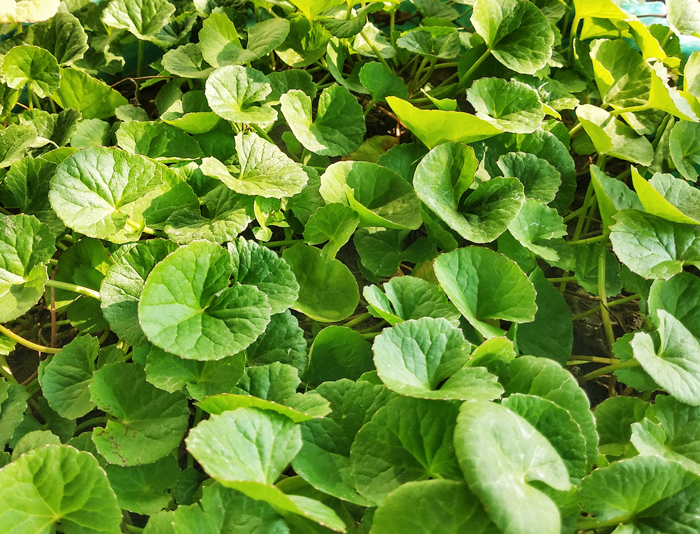
Beyond the Salad: While often relegated to the realm of salads, the Asiatic Pennywort, also known as Gotu Kola, is a versatile herb with a rich history in traditional medicine. Native to Southeast Asia, its round, coin-like leaves and creeping stems have been used for centuries to treat various ailments. But don’t let its medicinal properties overshadow its culinary potential!
A Refreshing Treat: Asiatic Pennywort boasts a unique flavor – slightly bitter with a refreshing citrusy undertone. Its tender leaves can be enjoyed raw in salads, adding a peppery touch. Juice them for a healthy and invigorating drink, or stir-fry them for a quick and flavorful side dish. Its cooling properties make it a perfect addition to summer meals, keeping your little ones refreshed and energized.
A Potential Brain Booster: Research suggests that Asiatic Pennywort may offer cognitive benefits, potentially improving memory and focus. While more research is needed, incorporating this herb into your family’s diet can be a delicious way to support their overall well-being. So, explore the diverse uses of this medicinal herb, from refreshing salads to brain-boosting smoothies, and let your children discover the wonders of nature on their plates.
List of Vegetables Starting with A
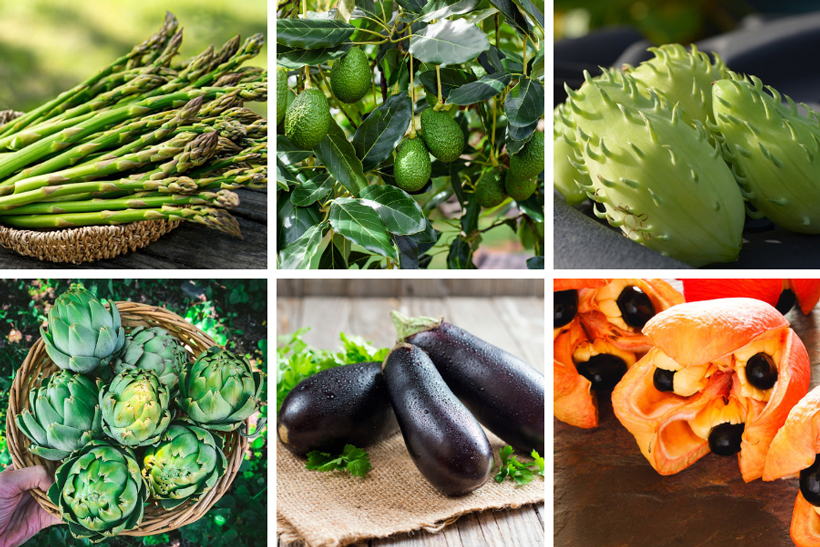
| Acorn Squash | Ahipa | Amaranth |
| American Groundnut | Anise | Antipolo |
| Aonori | Arame | Armenian Cucumber |
| Arracacha | Arrowleaf Elephant Ear | Artichoke |
| Artichokes | Arugula | Asian Greens |
| Asian Radish | Asiatic Pennywort | Asparagus |
| Atibulnak | Aubergine | Avocado |
| Azuki Bean | Ackee | Alfalfa Sprouts |
| Ash gourd |
Conclusion
The assortment of vegetables beginning with the letter “A” highlights the diversity and richness of the plant kingdom. These vegetables, whether common or lesser-known, offer an expansive range of flavors, textures, and nutritional profiles. Integrating them into our diets can not only satiate our palates but also nourish our bodies, ensuring that we’re receiving a spectrum of essential vitamins, minerals, and phytonutrients. As we continue to explore the vast vegetable vocabulary, starting with the letter “A” sets a promising and appetizing precedent for the culinary delights that await.
Vegetables That Start With
A | B | C | D | E | F | G | H | I | J | K | L | M | N | O | P | R | S | T | U | V | W | Y | Z

